Initiatives to unite aquaculture and offshore wind farms are popping up globally but they face technical, cost and environmental challenges
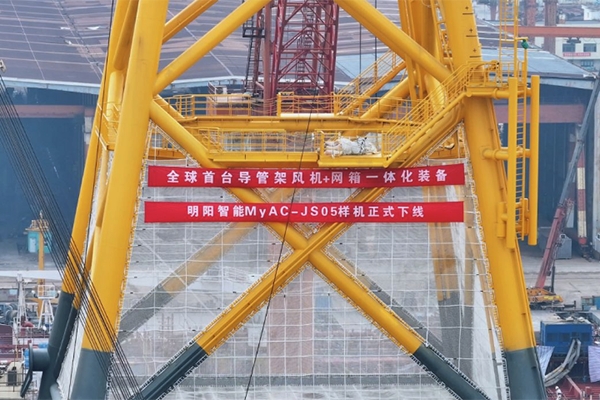
In July, Chinese firm Mingyang Smart Energy announced the completion of a wind turbine foundation containing a net cage for fish farming. The structure also comes with remote functions such as automated feeding, monitoring, detection and harvesting, and is due to be installed off Guangdong province. Annual production is estimated at around 75 tons of fish.
This announcement is the latest in a series of initiatives to bring together aquaculture and offshore wind farms. North Sea Farmers, a Dutch foundation that is working to develop and strengthen the seaweed industry, is aiming to establish a large-scale seaweed cultivation system within wind farms in the Dutch North Sea.
Also in the Netherlands, engineering firm OOS International is building a semi-submersible mussel farm for deployment around offshore wind sites. Elsewhere, the OLAMUR and ULTFARMS projects in Norway, Belgium, the Netherlands, Germany and Denmark aim to integrate either kelp, oyster or mussel production with renewable wind energy in the North and Baltic Seas.
Offshore wind farms appear to be suitable environments for species like fish and crustaceans, according to researchers at Wageningen Marine Research (WMR) in the Netherlands. Artificial reefs at Borssele 1 and 2 wind farm off the coast of Zeeland show that species such as Atlantic cod (Gadus morhua) can often be found nearby, using the reefs as a base, while benthic species like lobster are also drawn to the area.
Acoustic transmitters fitted on Atlantic cod and lobster provided the WMR researchers with data on GPS coordinates and how both species interacted with the artificial reefs. Lobster remained on the reefs and in their immediate surroundings for a few days, possibly foraging, before migrating further. Atlantic cod stayed around the reefs for longer than expected, particularly during the summer.
“We were contracted to monitor species, in particular Atlantic cod, before the deployment of the artificial reefs at Borssele,” Benoît Bergès, research scientist at WMR told the Advocate. The reefs were deployed in 2020 and the study began the following year, he added.
“We have a strong need for sustainable energy and there is a lot of research to be done on artificial reefs, biological enhancement, biodiversity and so on around wind farms,” said Dr. Marcel Rozemeijer at WMR. “We would like to go further into the functioning of artificial reefs around these farms and how different sectors can work with offshore wind.”
Renewable energy could transform offshore aquaculture, but what about …
Marnix Poelman, also at WMR, said that studies such as these have significant impacts for a sector like aquaculture, in terms of reducing potential risks and planning practical steps that the sector can take. It can also lead to a better understanding of the environment around wind farms in terms of zoning, marine spatial planning and determining which species to farm and where, in line with biological conditions and sea bottom dynamics.
Poelman believes that aquaculture and offshore wind farms could potentially co-exist, but doubts remain over the technical challenges, cost effectiveness and environmental conditions (biofouling and determining the right window of opportunity for particular activities). Furthermore, a setup like the example in China is unlikely to work in the Netherlands, he said, due to the dynamic conditions of the Dutch North Sea.
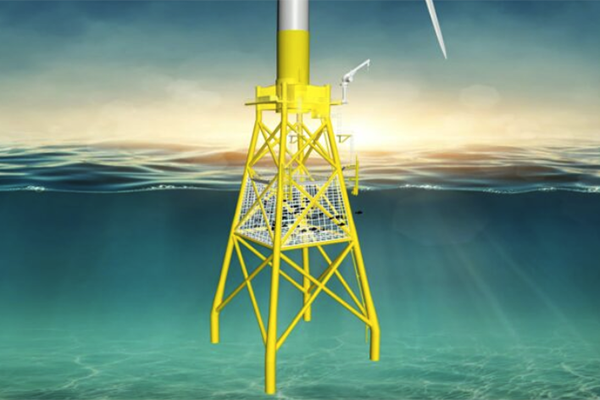
“Aquaculture in the Netherlands tends to include RAS farming and mussel production in nearshore areas, with some potential to move offshore,” he said. “The Dutch North Sea is unsuitable for farming fish because the water temperature is too unstable. There are considerable summer and winter differences, and we would need depth-adaptive systems at very remote locations in a high-risk environment. In oceans like the South China Sea or the Mediterranean, the co-location of fish farms and wind farms may be possible, but here, this is still far away.”
“Having said that, perhaps it will happen. As for other species, cost-effective seaweed production is challenging, unless the right production-market combination can be found, so bivalves could be the way to go in terms of market perspectives and consumer demand.”
Owing to the push to invest in renewable energy sources, offshore wind power is likely to increase but combining it with aquaculture presents a unique technological challenge. The fishing industry is already skeptical: for example, in the U.S. state of Rhode Island, the possible approval of a wind farm is causing concern among fishermen. For aquaculture, factors such as strong anchoring, sound engineering, storm resilience and economic viability will be critical, but Poelman says that also crucial to success is the social context – collaboration between all parties.
“The key is building trust, working together on safety, infrastructure and learning how to develop in the most optimal way,” he said. “We are already investigating the potential and risks of combining wind farms and aquaculture. I believe that it can be done but the question is how. What are the incentives for food provision? What are the ecological mutual benefits and how do we all operate together cost-effectively? We also want to establish a sustainable operation that is driven by nature with ecosystem-based approaches in place.”
Now that you've reached the end of the article ...
… please consider supporting GSA’s mission to advance responsible seafood practices through education, advocacy and third-party assurances. The Advocate aims to document the evolution of responsible seafood practices and share the expansive knowledge of our vast network of contributors.
By becoming a Global Seafood Alliance member, you’re ensuring that all of the pre-competitive work we do through member benefits, resources and events can continue. Individual membership costs just $50 a year.
Not a GSA member? Join us.
Author
-
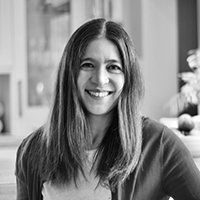
Bonnie Waycott
Correspondent Bonnie Waycott became interested in marine life after learning to snorkel on the Sea of Japan coast near her mother’s hometown. She specializes in aquaculture and fisheries with a particular focus on Japan, and has a keen interest in Tohoku’s aquaculture recovery following the 2011 Great East Japan Earthquake and Tsunami.
Tagged With
Related Posts
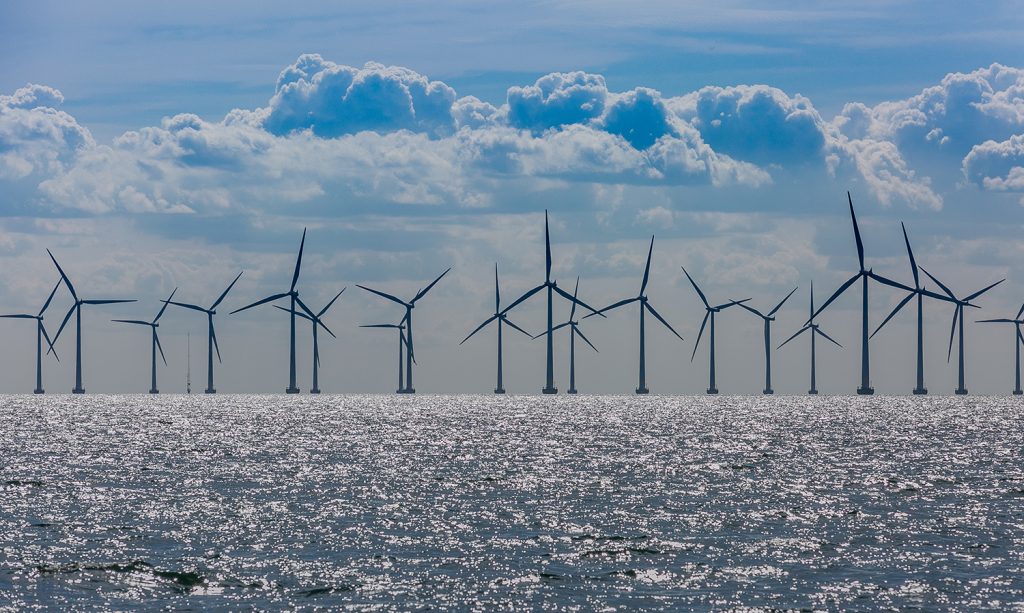
Intelligence
‘No one knows what the risks are,’ say New England fishermen about pending offshore wind farm project
The New England fishing industry is worried that the approval process for a massive offshore wind farm off the coast of Rhode Island is moving too fast.
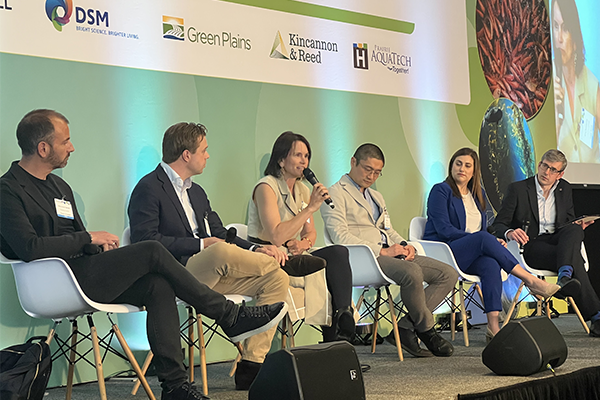
Innovation & Investment
‘We have 15 years to fix this planet’: Blue Food Innovation Summit explores potential of restorative aquaculture – and the challenges to scaling
At the Blue Food Innovation Summit, discussions centered on restorative aquaculture’s potential and financing the ocean’s capabilities.
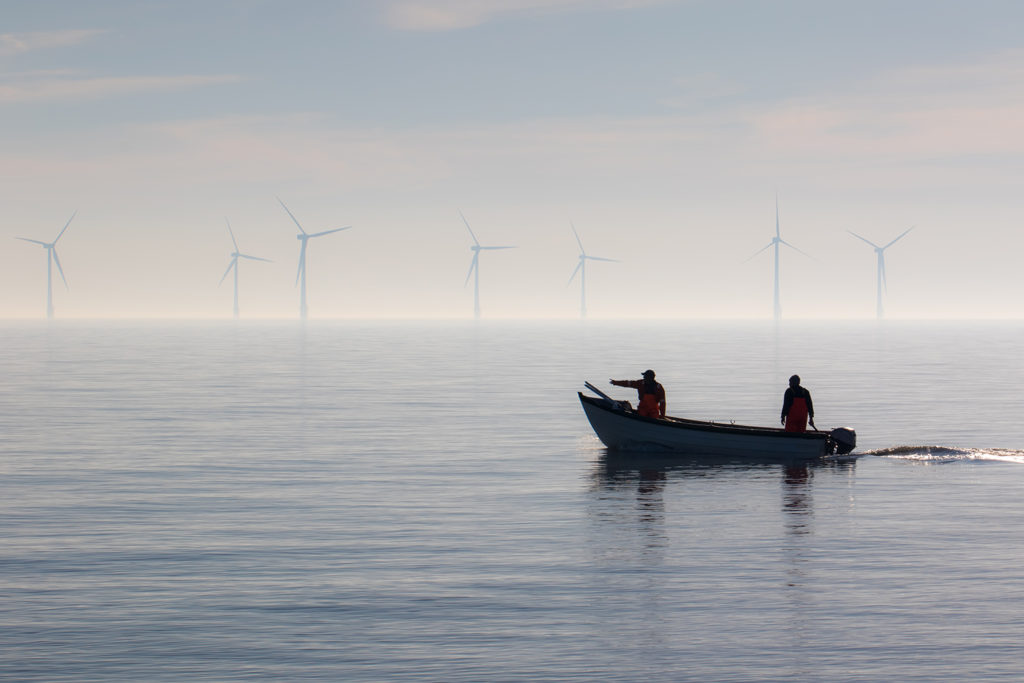
Responsibility
One ocean: At the intersection of green energy and a blue economy
To mitigate the impacts of climate change and bolster ocean health, research suggests turning to one of the planet’s powerful forces: The ocean itself.
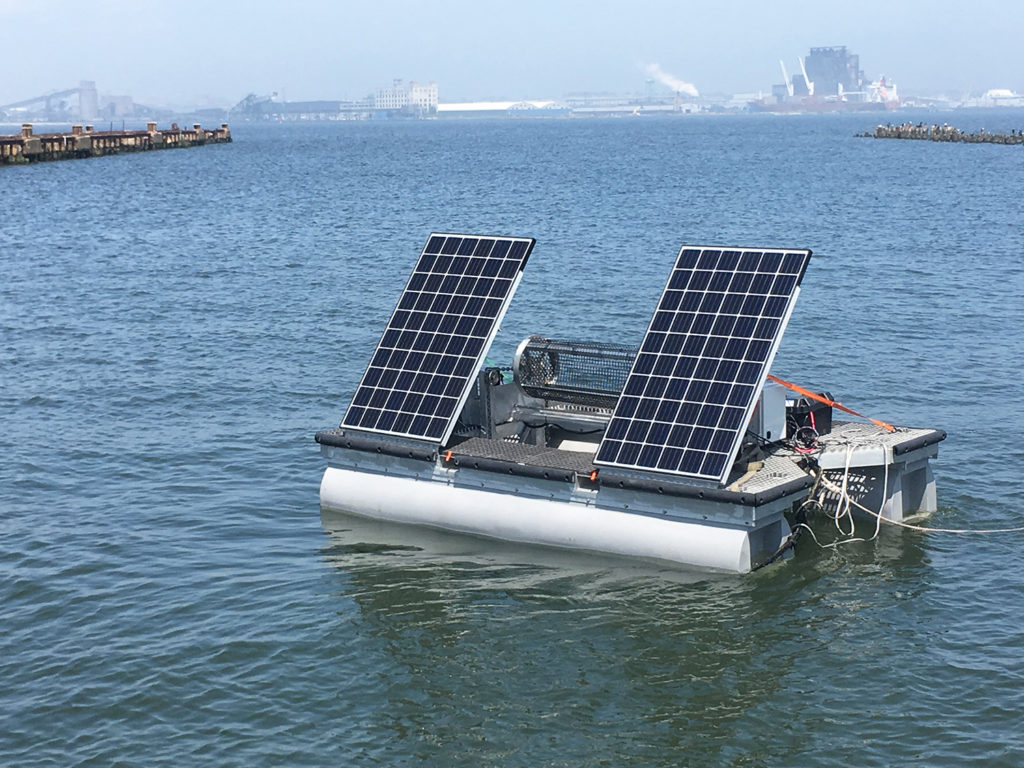
Responsibility
Here comes the sun: Oyster and algae growers harness solar power
A look at three aquaculture companies that are figuring out how to solve their production problems by using solar power in innovative ways.


